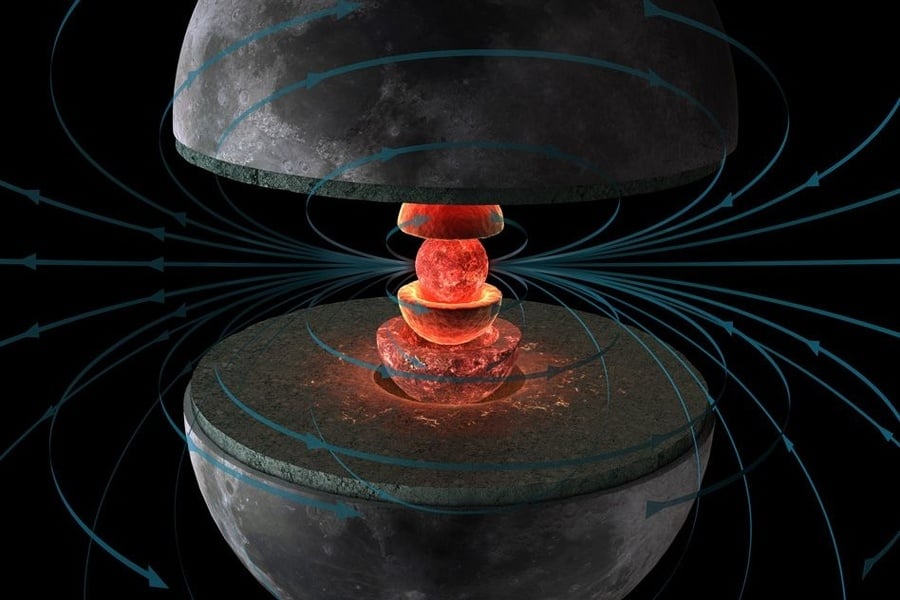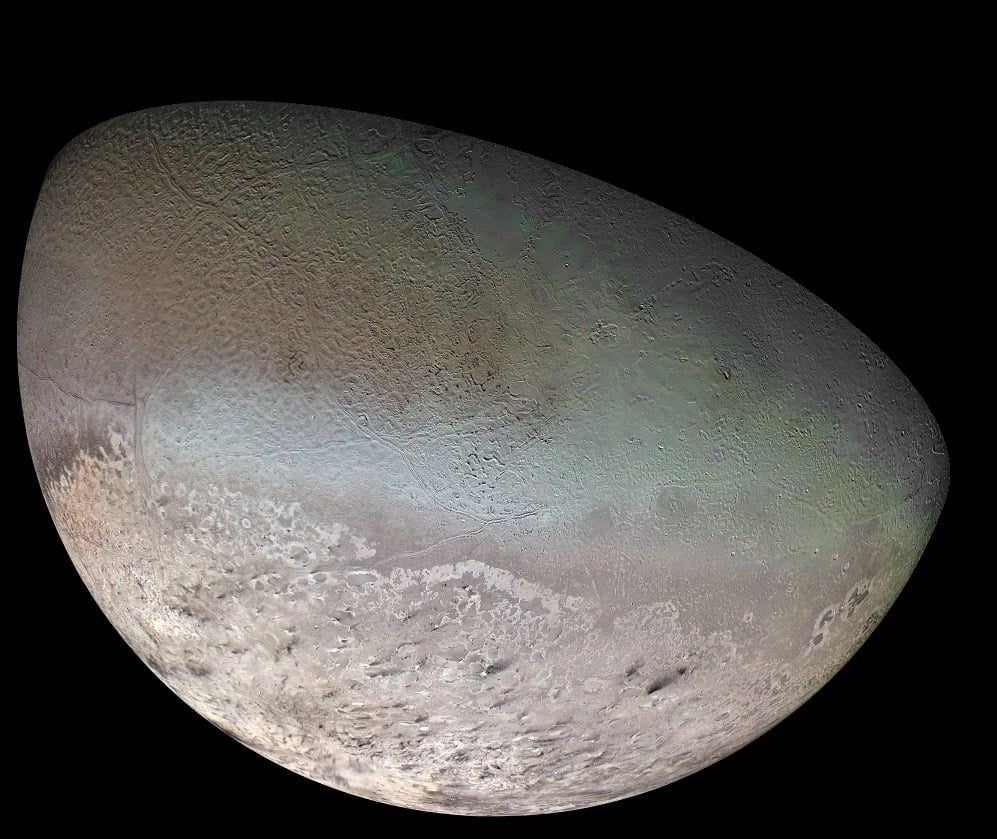
The James Webb Early Science Release has allowed for all kinds of groundbreaking research, including the study of the nearby dwarf galaxy that hasn't change much since it first formed.
Continue reading

A team of astronomers with the CLEVER Planets project have developed a model that may explain the mystery of the "missing exoplanets."
Continue reading

China's Tiangong space station just received its final module, the Mengtian laboratory, making it complete,
Continue reading

Astronomers find the remnants of ancient planetary systems, and a glimpse of our fate.
Continue reading

Using images from Hubble, an international team of astronomers created a video that shows the evolution of a supernova and the resulting light echo
Continue reading

With a bit of luck, the Webb Space Telescope might be able to see a galaxy full of the first stars.
Continue reading

NASA's InSight lander has detected many marsquakes coming from the same region, which could mean that the Red Planet still experiences volcanic activity
Continue reading

A study of Cygnus X-1 shows its jets emanate from a region a bit off from the black hole itself.
Continue reading

New research from the COMPAS consortium has simulated what happens to Hot Jupiters when their stars become Red Giants.
Continue reading

The November 8th total lunar eclipse spans the Pacific, and is the last one until 2025.
Continue reading

Recent analysis of the samples returned by the Chang'e-5 mission reveal that volcanic activity on the Moon lasted longer than previously expected.
Continue reading


















































